TLDR;
To pack furniture for climate-controlled storage, start by thoroughly cleaning, disassembling, and wrapping each piece using breathable, protective materials that prevent moisture and temperature damage. Elevate and space out items in the unit to ensure proper airflow and long-term preservation.
Climate-Controlled Storage: Why It’s the Best Way to Store Furniture
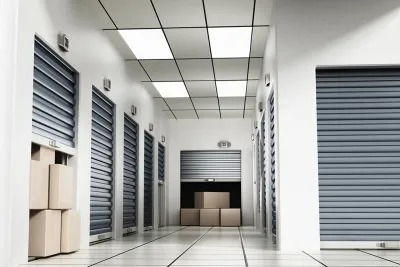
Climate-controlled storage protects furniture from extreme temperature swings, humidity, and moisture buildup—factors that lead to mold, warping, and cracking. These units maintain a stable environment, typically between 55–85°F with regulated humidity, which is essential for wood, leather, and fabric furniture.
If you’re storing heirlooms, high-end furnishings, or even everyday pieces for future use, this controlled setting minimizes the risk of:
- Mold or mildew growth
- Swelling or shrinking of wood
- Fabric deterioration
- Rust on metal components
- Leather cracking or drying
At An-Organized Life, we’ve seen how proper climate-controlled storage extends furniture life for years.
Preparing Furniture for Long-Term Storage

Effective furniture storage starts with strategic prep. Neglecting this step invites long-term damage—even in a climate-controlled unit. For extra efficiency and fewer headaches, consider reviewing these Pro Organizer Moving Tips to streamline your packing process before items ever reach the unit.
Clean and Disinfect Each Piece
- Dust, dirt, and oils can cause surface degradation or attract pests.
- Use wood-safe cleaners or a damp microfiber cloth for wooden surfaces.
- For upholstery, vacuum thoroughly and spot-treat with fabric-safe cleaners.
- Let all pieces dry fully before packing—trapping even a little moisture can lead to mold.
Disassemble to Minimize Risk
- Remove legs, drawers, knobs, and glass panels.
- Store hardware (screws, bolts, etc.) in labeled zip bags taped to the matching furniture.
- Disassembling reduces the risk of breakage and makes packing more efficient.
Take Inventory and Label Everything
- Create a written or digital inventory of all stored furniture.
- Use color-coded labels or tags to simplify retrieval.
- Take photos before wrapping to remember how items look and are assembled.
Furniture Packing Tips for Storage Units (By Material)
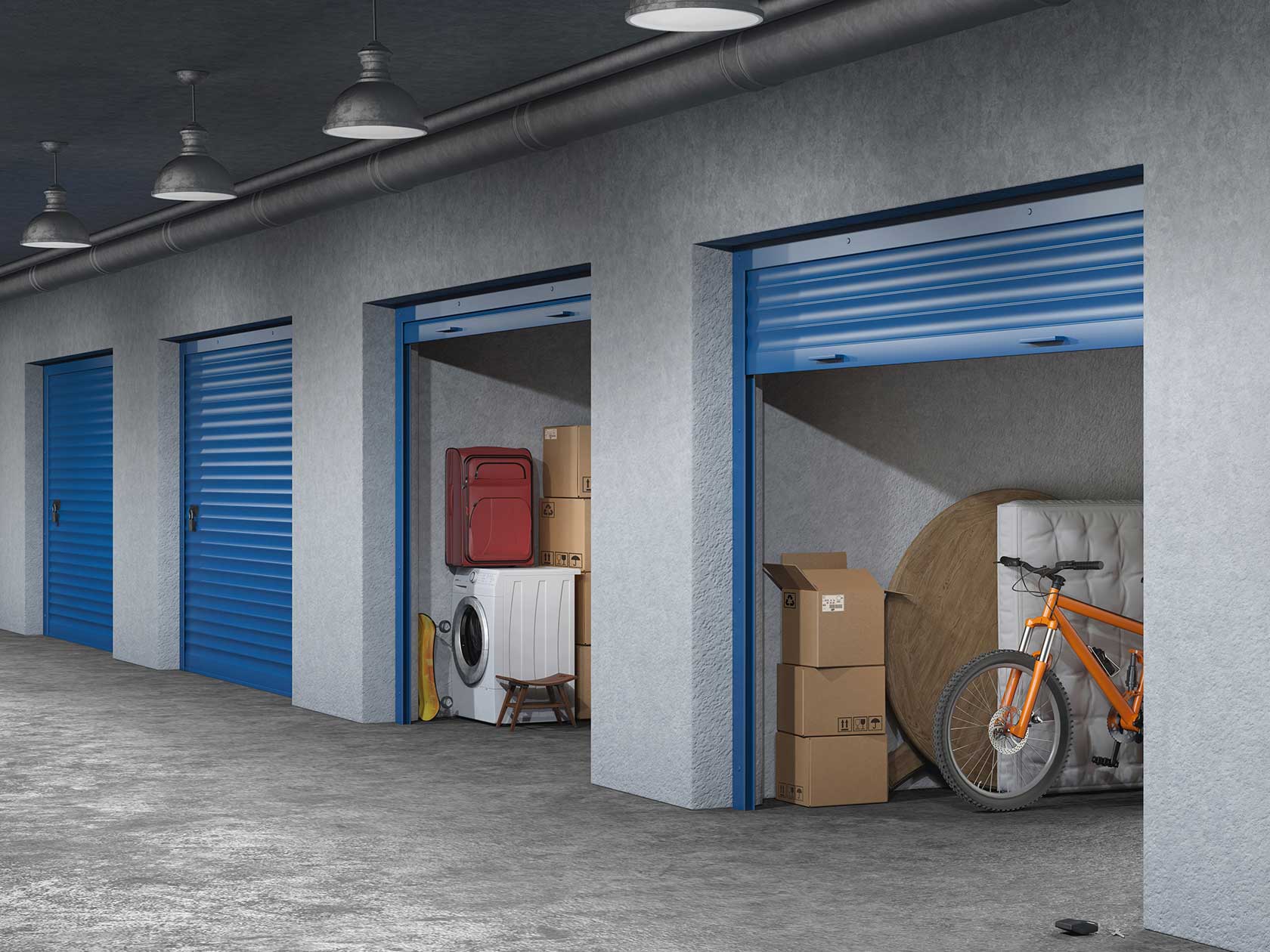
Not all furniture is created equal—different materials demand different storage strategies.
Wooden Furniture
Wood is vulnerable to temperature shifts and humidity.
- Polish wood with a quality wax to lock in moisture and create a protective barrier.
- Wrap with moving blankets or breathable fabric covers—never plastic directly on wood.
- Avoid stacking heavy items on top to prevent warping.
- Use silica gel packets nearby for added moisture control.
Upholstered Furniture
Fabric-covered furniture can be a magnet for dust and mold if not packed properly.
- Vacuum all upholstery.
- Wrap in cotton sheets or breathable covers.
- Never use plastic—it traps moisture and encourages mold.
- Stand cushions upright and store them in cotton bags if possible.
- Insert baking soda packets inside cushions for added moisture protection.
Leather Furniture
Leather is sensitive to both dryness and excess moisture.
- Wipe clean and apply leather conditioner before storage.
- Cover with a soft cloth or breathable blanket, not plastic.
- Keep away from direct contact with metal or wood to avoid dye transfer.
- Monitor storage for humidity spikes—leather can shrink or crack.
Metal and Glass Furniture
Rust and scratches are your biggest concerns here.
- Apply a rust-inhibitor spray on metal parts.
- Wrap in bubble wrap or moving blankets—use padding between glass and other objects.
- Store glass vertically with padding along the edge and avoid weight on top.
- Use furniture pads or foam bumpers for extra protection.
What Materials to Use When Packing Furniture for a Storage Unit
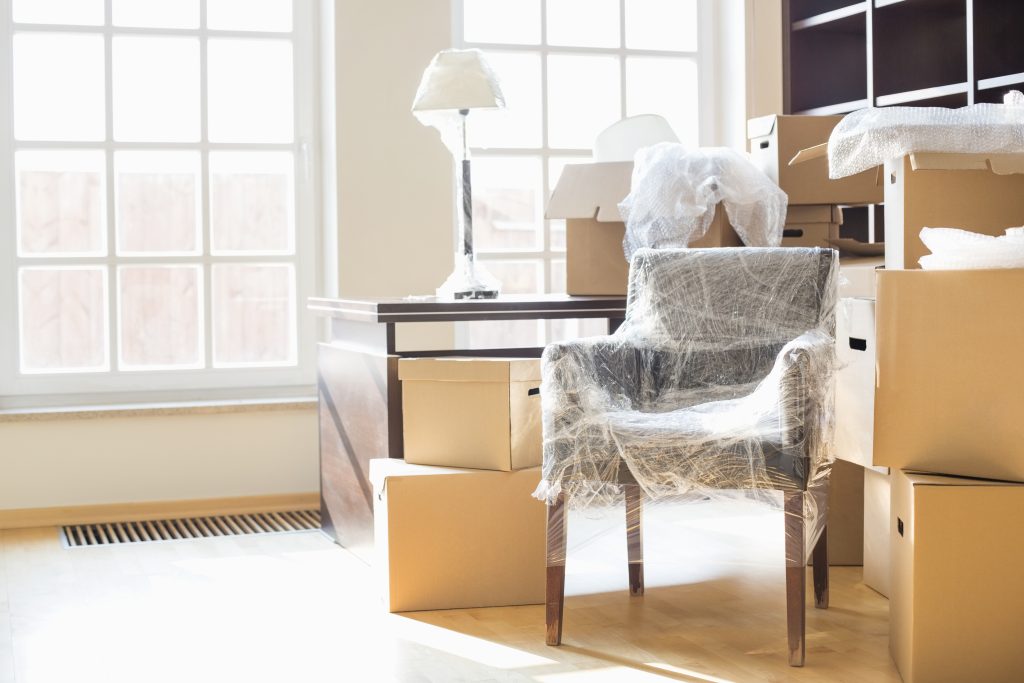
The right materials make a world of difference in protecting your pieces.
- Moving blankets and pads – Ideal for all materials
- Breathable fabric wraps – Prevent mold and allow airflow
- Bubble wrap – Good for glass or metal (don’t use on wood directly)
- Plastic wrap – Only for outer layers, not in direct contact with furniture
- Silica gel packets – Effective for controlling humidity
- Cardboard corner protectors – Prevent edge damage
Avoid:
- Regular plastic bags
- Unventilated wraps
- Duct tape (it leaves residue)
How to Disassemble and Wrap Furniture for Long-Term Storage
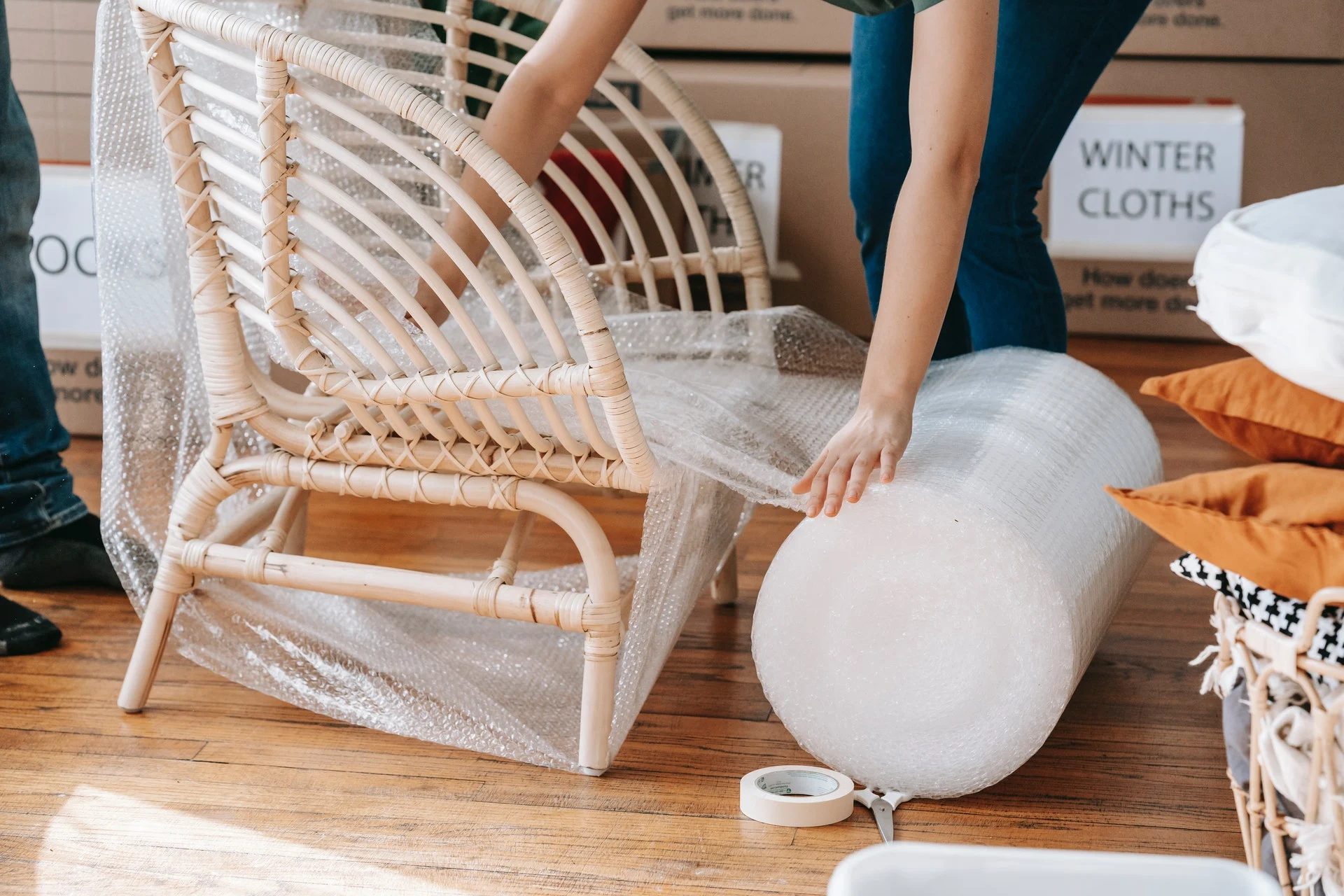
A careful breakdown = safer storage.
- Use manuals or videos to safely disassemble complex pieces.
- Place small parts in labeled bags and tape them inside drawers or under furniture frames.
- Wrap legs, corners, and edges with bubble wrap + fabric covers.
- Group components (like table legs) together with soft ties—no tight string that might cut or dent.
Arranging Furniture in a Storage Unit: Protection & Airflow
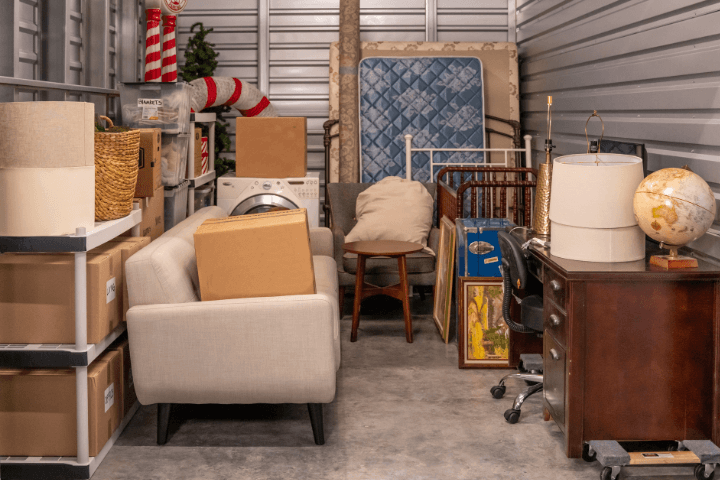
How you load your storage unit directly affects your furniture’s long-term safety.
- Elevate furniture on pallets or risers to prevent moisture wicking from the floor.
- Leave space between pieces—this promotes airflow and prevents items from sticking together.
- Place heavier items on the bottom, lighter on top.
- Don’t stack items too high or tight—this causes stress on joints and materials.
- Use storage maps to make access easier later.
Long-Term Furniture Care While in Storage

Set a schedule to maintain your furniture even while it’s out of sight.
- Visit your unit every 2–3 months to inspect for mold, pests, or shifts.
- Reapply conditioners to wood and leather if needed.
- Replace silica gel packs or baking soda regularly to control moisture.
- Rotate or shift cushions and fabrics to prevent flattening or pressure damage.
Common Furniture Packing Mistakes to Avoid

Don’t make these errors—they’re surprisingly common:
- Using plastic wrap directly on wood or fabric—causes mold and staining
- Skipping the cleaning stage—dirt attracts pests and damages finishes
- Storing damp items—even in a climate-controlled unit, this can cause mildew
- Overpacking or stacking—adds stress to joints, materials, and padding
- Forgetting to label or inventory—you’ll waste time and risk damage during retrieval
- Not disassembling bulky pieces—increases breakage and uses unnecessary space
FAQ
What temperature and humidity is best for furniture storage?
- Ideal temp: 55–85°F
- Humidity: Below 55% to prevent mold and swelling
How long can furniture stay in storage without damage?
- With proper packing: Several years or more
- Regular checks and climate control are key for longevity
Is climate-controlled storage worth it for wood and leather furniture?
- Absolutely. These materials are extremely sensitive to temperature and moisture.
- Climate control prevents cracking, warping, and mold—saving you replacement costs
What should I not store in a climate-controlled unit?
- Perishables, hazardous materials, or wet items
- These can cause odors, pests, or compromise your furniture’s condition
